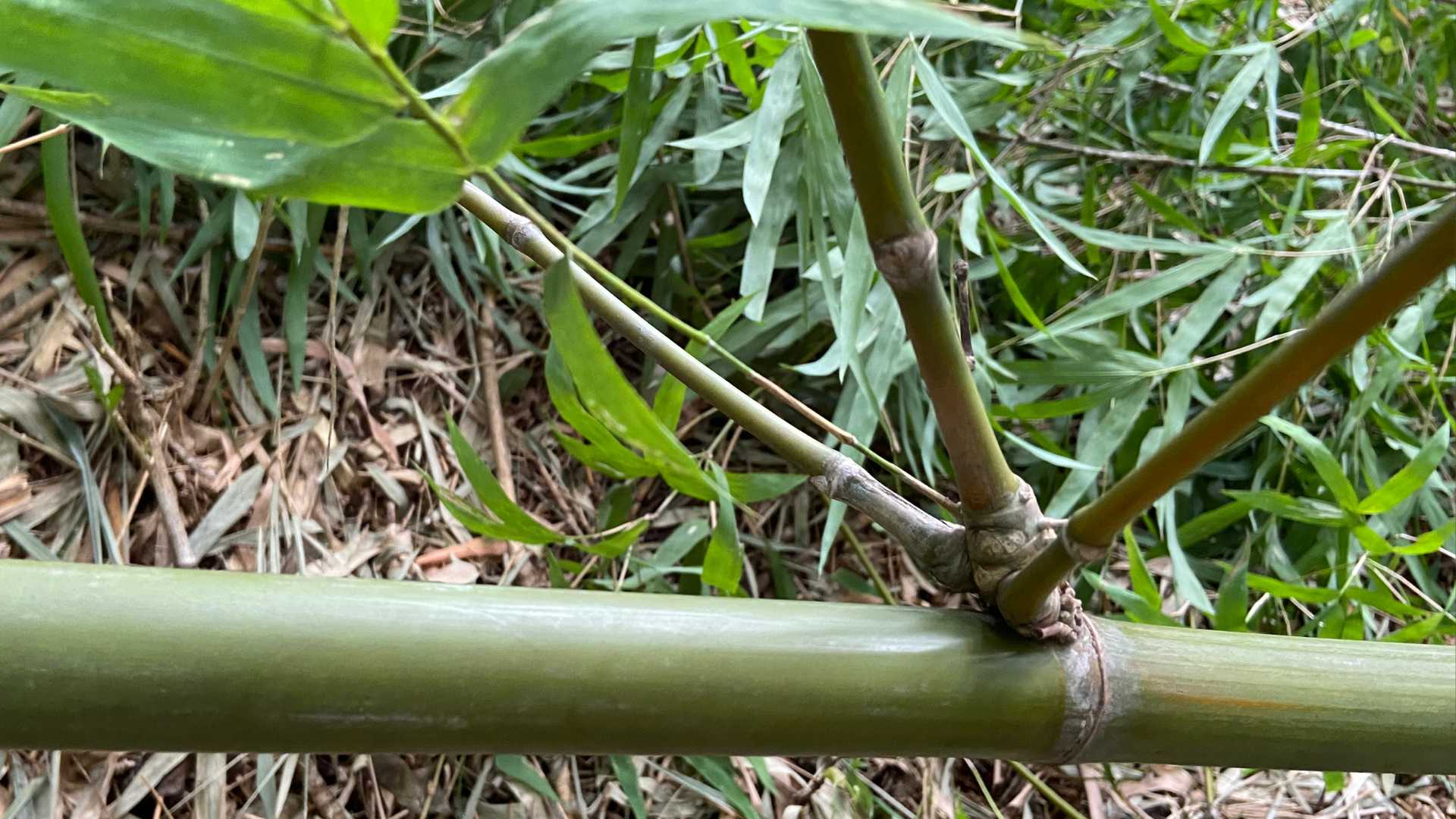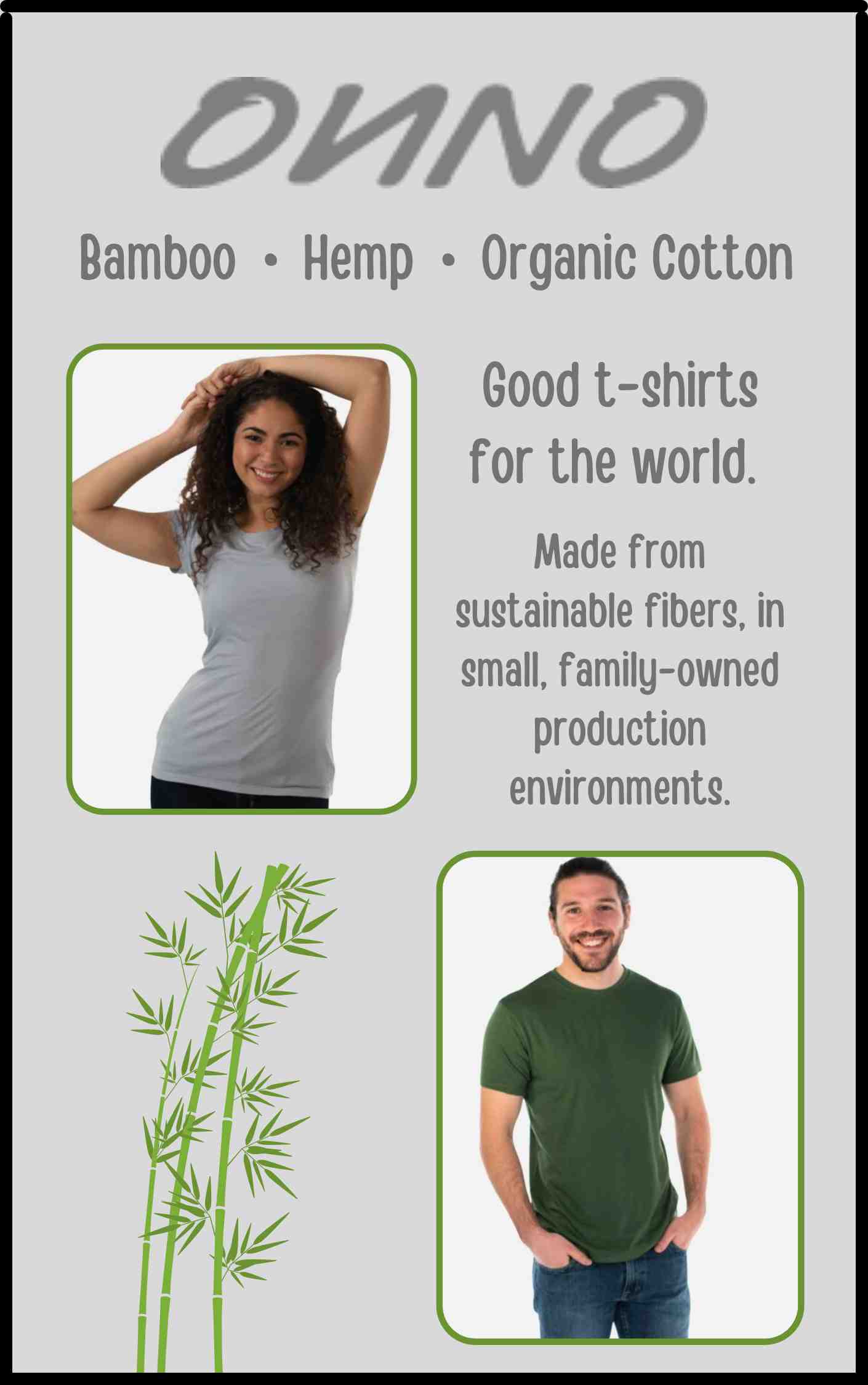Special thanks to Natalia Reategui, who contributed this article as a thoughtful response and addendum to an article that appeared previously here at Bambu Batu.
In Thorny Bamboo: Bambusa blumeana and others, from last year (July 2022), Fred reflects on the identities of Bambusa blumeana and B. stenostachya and sharply asks himself and his readers: “Is it a different species or just the result of different growing conditions? In any case, it’s not clear to me what the differences are between B. blumeana and B. stenostachya. Other authors say these two species are one and the same”.
TROPICOS, the database of the Missouri Botanical Garden – which links over one million scientific names over more than six million specimens, based on 164,000 references and over 500,000 publications – is one or maybe the most complete reference for updates on scientific names for botanics. Based on these vast resources, the database regularly updates the scientific names of the species due to new discoveries of familiarity, i.e., two species being the same, or some other misclassification.
For bamboo, this is particularly important because of the great difficulties that their identification entails: long flowering periods (flowers being the traditional trait for complex phenotypic identification) and their high rates of hybridization.

In the case of Bambusa stenostachya, it happens that this species and Bambusa blumeana are now known as Bambusa spinosa.
The evolution in the publication of names is also interesting and is worth the review. The first name to (nearly) fall into obsolescence was Bambusa stenostachya, a species that only appears as a botanical synonym in Flora of China, a massive compendium of plants from that country, for which volume 22 pertains to the grass family. In this volume, the Bambusa genus includes Bambusa blumeana as the main species to be described within the Bambusa subg. Bambusa group. In this publication, B. spinosa appears as a synonym within the description of B. blumeana.
The species is characterized mainly by its culm leaf. The culm leaf is the organ that protects the bamboo sprout, almost like an armor.
As an important parenthesis, culm leaves are, so far, known to be a modified foliage leaf. However, a very controversial article1 claims that it is actually a modified branch. This research was an exhaustive anatomical comparison of the tissue of branches, foliage leaves and culm leaves. It discovered at least five anatomical differences in both foliage and culm leaves and some similarities between branches and culm leaves. Even though they studied just one species, this anatomical level is shared by all bamboos.

So, coming back to the description, in B. blumeana, the culm leaf sheaths (the part that is usually cardboard-like) are covered in soft hairs that have a velvety texture from the base to the limit with the culm leaf blade (the top part that has a different texture than the sheath) and present auricles, which are ear-shaped appendages, as the botanists call them. These auricles are covered with hairs or fimbriae. Additionally, their lower branches are densely interwoven, with many, tough, sharp thorns. I really like this publication, mainly because they are using the modern way of description based on vegetative characteristics.
We should not confuse blumeana with Bambusa bambos, another clumping bamboo with sharp thorns, widely cultivated in India and with many uses, including their precious edible shoots. The morphological differences, as Duriyaprapan & Jansen (1995)2 stated, are that B. bambos has “larger, straighter culms, more open branching, narrower smoother leaves, and its culm sheaths bear very hairy blades that are gradually decurrent along each side of the top of the sheath and the decurrent parts are curled and not auricle-shaped”.
This last part, for us ordinary citizens, means that the blade curls around the juncture with the sheath. However, this could be really confusing, because both species bear auricles, and this “wavy” style that the blades adopt actually belongs to the appendixes. I would add, for a better experience, the shape of the culm blade, which is narrower in B. blumeana, and the margins of the leaf blade are rough or lumpy, and, if you find a group of more than five thorns together, then it is definitely the latter. Yes, vegetatively, there are not huge differences.
However, all of these changes take time to develop and to enter the official literature. Sadly, botanics is a science that has a limited capacity to reach the general public, and sometimes changes happen faster than their rate of application or adoption. You might even find articles here on Bambu Batu that continue to use the more popular term, B. blumeana, rather than switching to the more academically accurate Bambusa spinosa. It’s a neverending struggle to keeps things updated.
For many reasons, ranging from forest conservation to commercial cultivation to international cooperation, it’s important for bamboo farmers, botanists and industrialists to speak the same language and be aware of the most accurate distinctions. As bamboo farming and forestry increase in popularity, for carbon sequestration and biomass generation, exotic species are traveling from continent to continent, and misinformation is proliferating.
Between the use of common names, the great difficulty in identifying species, and the scarcity of reliable seeds, bamboo confusion is everywhere. But don’t worry. We’re here to guide you through and help you find the truth about all things bamboo.
References
1 Wang, S. Bamboo sheath—A modified branch based on the anatomical observations. Sci Rep 7, 16132 (2017).
2 Duriyaprapan, S. & Jansen, P.C.M., 1995. Bambusa bambos (L.) Voss. In: Dransfield, S. & Widjaja, E.A. (Editors): Plant Resources of South-East Asia No 7: Bamboos. PROSEA Foundation, Bogor, Indonesia. Database record: prota4u.org/prosea
Further reading
To delve deeper into the science of bamboo, take a look at some of these related articles.









